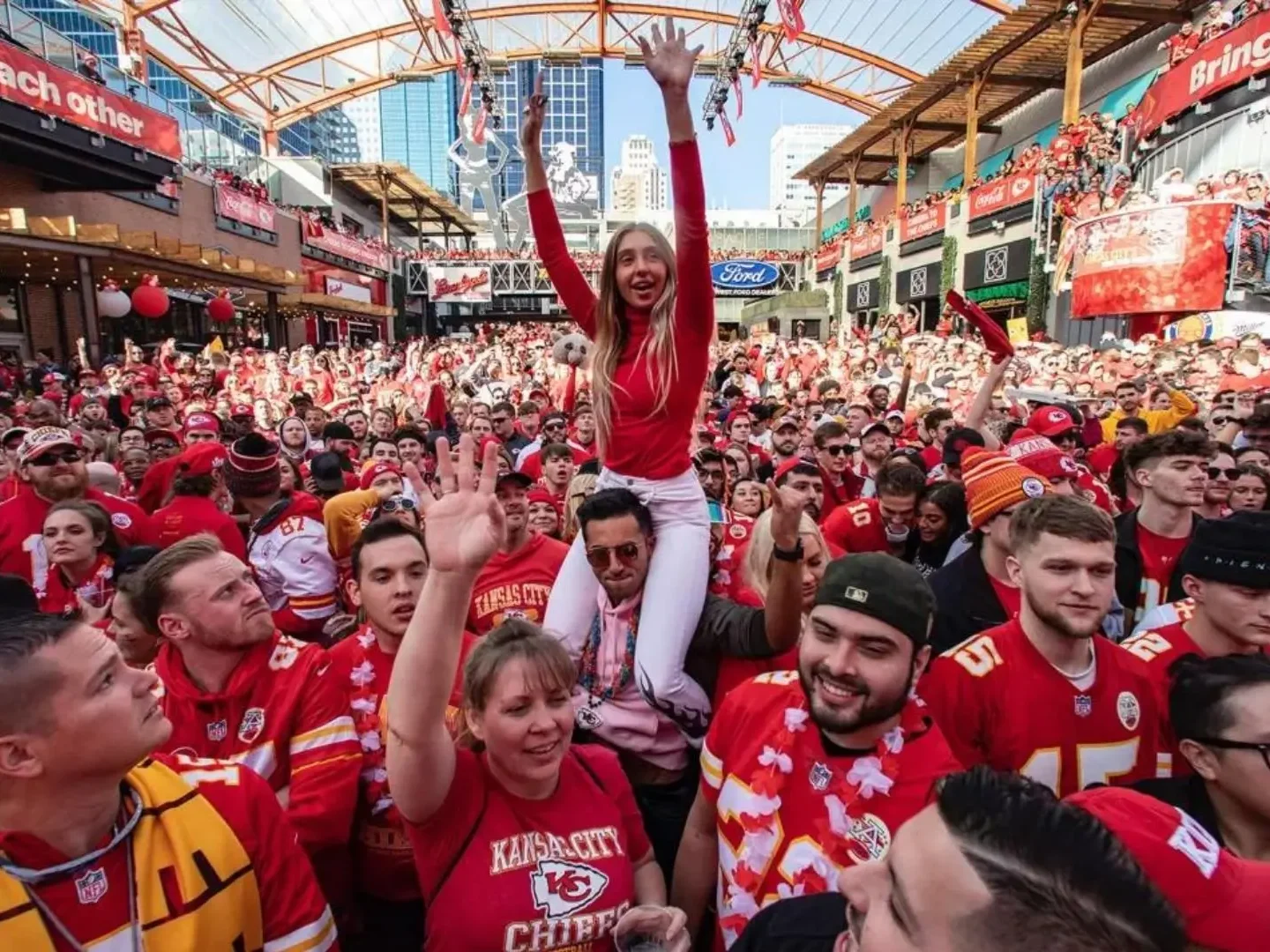James Huey’s journey to owning a barbecue restaurant is closely tied to his job as a traveling salesman of industrial equipment. It was through coworkers at Wear-Concepts, a Liberty-based supplier of abrasion-resistant plow bolts and induction-hardened pipes, that Huey was introduced to competitive barbecue.
Along with a team of coworkers, he did five years on the competition circuit, starting back in the late aughts. His wife, Lisa, hung around those competitions, too, developing her own interest. The couple developed a plan for semi-retirement in the Lowcountry of South Carolina or northern Georgia.
“The dream was that when my daughter graduated high school, we were going to sell our house in Kansas City, take our food truck somewhere warm and try to set up on a beach somewhere where the weather is nice all year round,” Lisa says.
Instead, they’re back at home in the Northland, operating the six-month-old F325, a sit-down barbecue restaurant in North KC.
“Obviously, opening a barbecue restaurant in Kansas City, you’ve gotta have balls to do that,” Lisa says. “But I’m a firm believer that things happen for a reason.”
When Covid hit, the Hueys decided to take a step toward their longtime dream of owning a barbecue restaurant by buying a food truck. They did some concerts and large events but ended up focusing on a unique niche facilitated by James’ day job.
“Where I worked, I knew of a lot of large manufacturing plants where they had annual shutdowns—they would shut down their entire plant for a week and rebuild it,” he says. “They had us come out and cook for them, and they loved it.”
Those plants typically run shifts day and night except for that week or two when they shut the entire operation down to clean and do maintenance, a major undertaking that often involves out-of-town contractors.
“These plants my husband is talking about are deep in the middle of nowhere Iowa,” Lisa says. “We’d take a weekend from our corporate jobs, drive up there and, in twenty-four hours, serve three hundred guys, and then turn around and drive home.”
After a week of eating Casey’s gas station pizza, the crowds were large and eager.
“We were just dealing with good ol’ hungry boys,” Lisa says. “Every time we’d come and set up our trailer, they were so excited. We’d set up our trailer and cook all night and we’d have people come up and ask us when it was going to be ready. I’ll tell you what, these guys were lined up even before we had the opportunity to take the lids off the food.”
After a trip to Myrtle Beach where they did some scouting, James happened by LC’s Hamburgers in North KC, where they were winding down operations and looking to sell.
“He texted me fourteen pictures and said ‘Do you want to buy this place?’” Lisa says. “I asked him where it was and I was like, ‘yeah.’”
F325 has more in common with restaurants like Jack Stack and Q39 than casual pits. The Hueys wanted table service, linen napkins, proper plates and the like, all of which they have. There’s also an extensive bourbon selection and, at least on my visit, a Jell-o shot special.
“Barbecue is messy,” Lisa says. “You need to have somewhere to sit down and eat it—not your car, not your desk. We really wanted to provide a dining experience for people.”
None of this would matter if the meat wasn’t good, though, and F325 delivers solid brisket, competition-style ribs and impressively moist turkey. “With the turkey, we brine to keep it moist and I pull the turkey off at 165 degrees Fahrenheit, religiously, and wrap it,” James says. “It’s the way I’ve always cooked. It’s what I plan to do.”
The hot-and-fast approach is reflected in the name, James says: F325 is cooking hotter than most pits, in keeping with contemporary trends in competition barbecue following the widespread adoption of the drum smoker.
“We’re called F325 for a reason,” James says. “I cooked at 225 degrees, low and slow, for years. I wanted to learn how you cook that hot, so I worked on it and I enjoyed the flavor better. Now, I can’t cook ribs at the restaurant at 325 degrees, but I can cook them well above where they normally are at a restaurant.”





